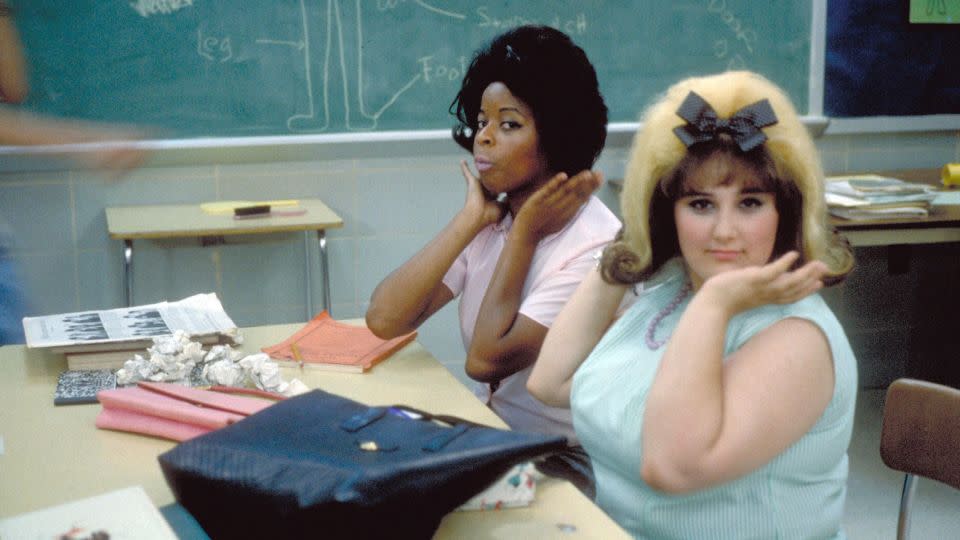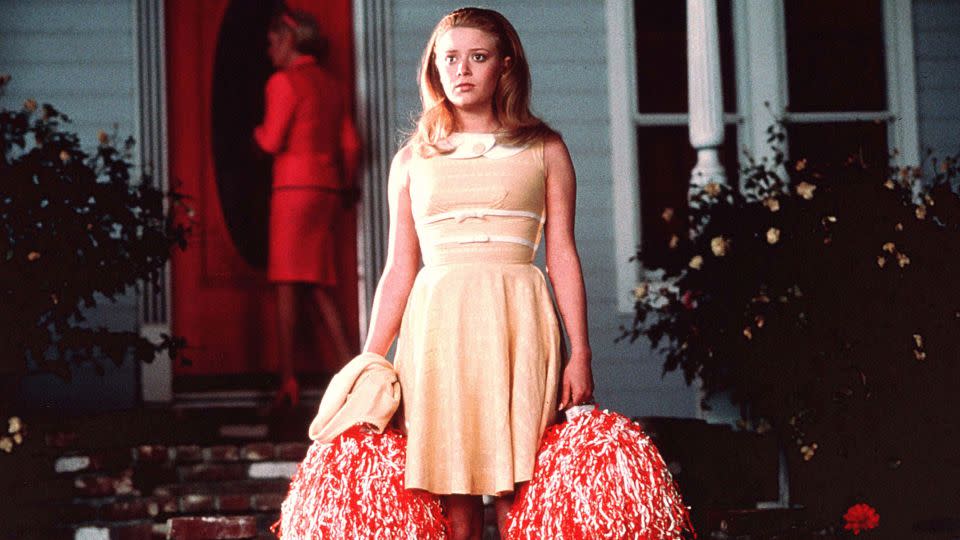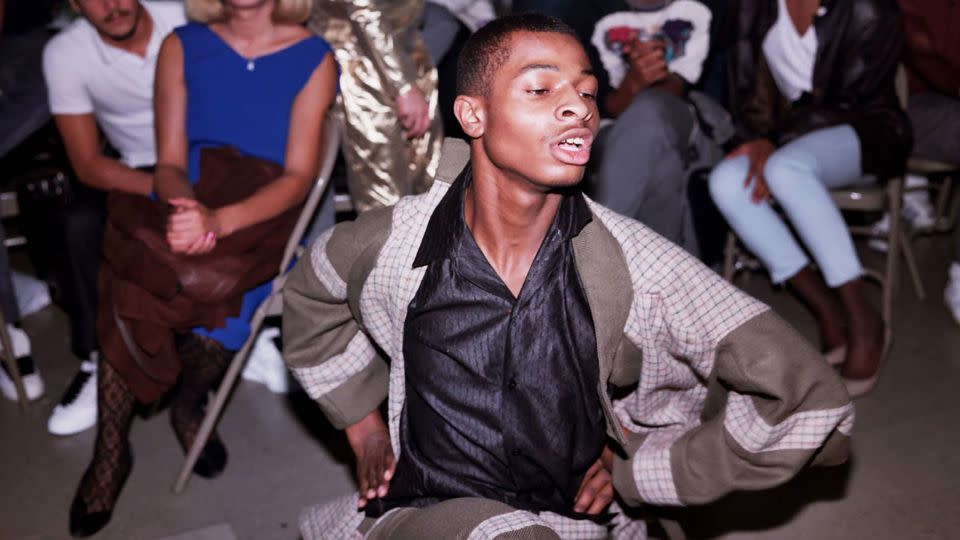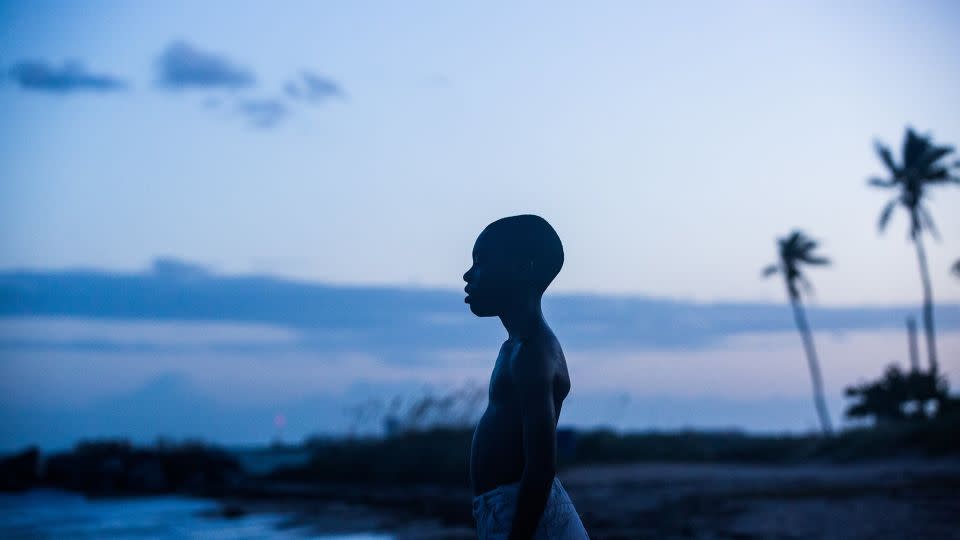Unforgettable LGBTQ movies to watch now
- Oops!Something went wrong.Please try again later.
- Oops!Something went wrong.Please try again later.
- Oops!Something went wrong.Please try again later.
- Oops!Something went wrong.Please try again later.
- Oops!Something went wrong.Please try again later.
Even if mainstream moviemaking has only recently begun to pay critical attention to LGBTQ stories, filmmakers throughout cinematic history have told queer and trans stories (in ways subtle and overt) that entertain and captivate audiences.
Some of these films, like “Portrait of a Lady on Fire” and “Moonlight,” have gone on to become modern classics thanks to their honest and wrenching portrayals of queer love. Others, like “The Watermelon Woman,” have found new audiences since their initial release, introducing scores of viewers to new LGBTQ works of art.
Here are a few unforgettable films that tell affecting, multifaceted queer and trans stories, many of which were also helmed or penned by LGBTQ filmmakers.
A beloved cult classic: ‘Hairspray’ (1988)

Arguably John Waters’ most accessible film, his ‘60s-set romp “Hairspray” features a bravado performance from his muse, drag extraordinaire Divine as Edna Turnblad, matriarch of can-do teen Tracy Turnblad. While Ricki Lake’s Tracy, a plus-size dancer who dreams of appearing on “The Corny Collins Show” and integrating it, too, is ostensibly the star, it’s Divine who runs away with the film as its big, beehived heart. As a celebration of inclusivity, it may also be Waters’ most straightforwardly sweet directorial effort.
See also: If your taste runs more extreme, try Waters’ debauched cult classics like “Pink Flamingos” or “Female Trouble” — Divine quite literally makes a meal of the film’s most shocking scenes.
A campy teen rom-com: ‘But I’m a Cheerleader’ (1999)

This Natasha Lyonne-starring ‘90s cult hit about a cheerleader who falls in love with her fellow captive at an LGBTQ conversion program is camp to the max, with unforgettable turns from queer icons like Clea DuVall (who went on to helm her own queer romcom, the Christmassy “Happiest Season,” in 2020). It owes much to Waters and other auteurs with its candy-colored set, affected acting style and surrealist touches, but it allows its protagonists a happy ending straight out of the ’90s teen movie playbook.
See also: The decidedly less campy but reliably funny and topical “Fire Island,” a Jane Austen-inspired romcom starring Joel Kim Booster and Bowen Yang as best friends falling for guys considered “out of their league.”
Indelible documentaries: ‘The Queen’ (1968) and ‘Paris is Burning’ (1990)

Trans women have made indispensable contributions to the art of drag and ballroom culture, and their talent takes center stage in these groundbreaking documentaries. “The Queen,” which follows the contestants of the 1967 Miss All-America Camp Beauty Contest, introduces viewers to the inimitable diva Crystal LaBeija who, fed up with the racism and transphobia that kept her and other queens of color from winning pageants, formed her own house, or found family of queer people. Some of the legendary children of the House of LaBeija star in “Paris is Burning,” a celebrated film about the Black and Latino stars of New York’s ball scene in the 1980s, many of whom were trans women. The latter film heavily influenced FX’s award-winning series “Pose,” which starred several Black trans actresses in leading roles.
See also: “All the Beauty and the Bloodshed,” a 2022 nonfiction film about photographer Nan Goldin and her boundary-pushing work, which centered her LGBTQ family.
Historical heartbreak: ‘Portrait of a Lady on Fire’ (2019)
Watch with tissues aplenty. “Portrait of a Lady on Fire” depicts the slow-burning romance between a painter and her subject in 18th-century France. It has some of the hallmarks of historical queer romances — forbidden love, stolen glances, wrenching goodbyes. But it’s as devastatingly clear-eyed as it is romantic, which makes the moments its central couple can briefly escape their restrictive circumstances even more rapturous. It helps, too, that “Portrait” was directed by Céline Sciamma, a lesbian filmmaker whose previous films have also explored queer relationships and gender identity.
See also: Todd Haynes’ “Carol,” a swoon-worthy romance set in the 1950s and starring an enchanting Cate Blanchett.
A major meta achievement: ‘The Watermelon Woman’ (1996)
Filmmaker Cheryl Dunye plays a filmmaking hopeful named Cheryl in this metafictional meditation on the erasure of Black women, specifically queer Black women, from cinematic history. Dunye’s Cheryl decides to make a movie about an uncredited Black actress who played a “mammy” in a 1940s plantation-set film. What Cheryl goes onto learn about the actress and her queer history informs Cheryl’s own romantic relationships and cinematic style. “The Watermelon Woman” informed the New Queer Cinema movement of the ‘90s and future films about queer Black women, but don’t let its influence fool you — its casual coolness and shrewd lens make it an exceedingly entertaining watch.
See also: “The Inspection,” a semi-autobiographical drama by Elegance Bratton inspired by his time in the Marine Corps during the era of “Don’t Ask, Don’t Tell.”
A celebrated coming-of-age story: ‘Moonlight’ (2016)

“Moonlight” is already one of the most acclaimed films of the century for its sensitive chronicling of the childhood to early adulthood of Chiron, a closeted boy raised in Miami. Beset by expectations for his masculinity, his mother’s drug addiction and homophobic tormentors, Chiron’s life is often punishing but peppered with beauty, too (and captured beautifully on screen, too). Few films better portray the nuances of queer adolescence and the intersections of masculinity and sexuality — and the emotional release granted by the film’s end is one of the most gratifying in cinema.
See also: Dee Rees’ “Pariah,” about a gay teen’s hard-won independence from her homophobic mother, which was recently inducted into the Library of Congress’ National Film Registry along with “Hairspray.”
A dreamy deconstruction of gender: ‘Orlando’ (1992)
Based on Virginia Woolf’s landmark novel, “Orlando” follows Tilda Swinton as the eponymous nobleman who wakes up one day, after a few centuries of life, as a woman. Orlando’s exploits through several critical moments in history make up the loose plot of this fantastical drama, though it probes the performance of gender and its arbitrary nature throughout. That it’s also gorgeously made (and features a memorable appearance by actor Quentin Crisp as Queen Elizabeth I) makes this thought-provoking stunner the most sumptuous film on this list.
See also: John Cameron Mitchell’s “Hedwig and the Angry Inch,” an emotional musical exploration of gender, self and the constructed identities we create to survive.
A new animated classic: ‘Nimona’ (2023)
This acclaimed, ingeniously animated fantasy features overtly queer plot points, including the relationship between two love-struck knights, but Nimona’s story — that of a shapeshifting teen whose powers have confused and alienated others who don’t understand her — makes for a meaningful trans allegory. Nimona has been rejected throughout her life for her otherness, and the film’s villains weaponize her extraordinary power to convince people she can’t be trusted. Nimona is almost felled by the fervor and fear that surrounds her until her friend, the knight Ballister Boldheart, wholly accepts her and encourages her to do the same. “Nimona” ends up being an indictment of fear-mongering and a celebration of being one’s self, even in a kingdom replete with lasers.
See also: The Wachowski sisters’ sci-fi classic, “The Matrix.” Lilly Wachowski said in 2020 that the iconic film is a trans allegory, with Neo’s “desire for transformation” and the freedom to determine his identity two of its defining themes.
For more CNN news and newsletters create an account at CNN.com

